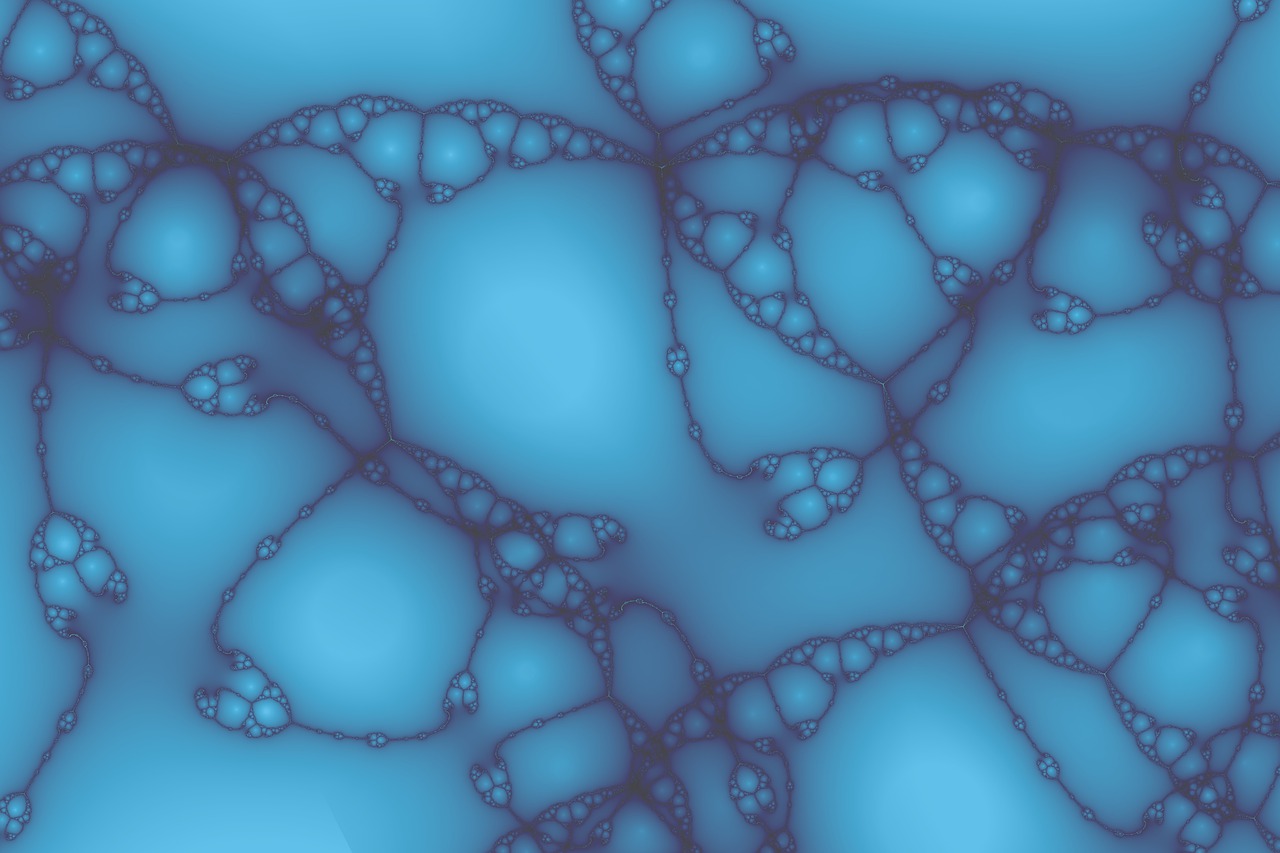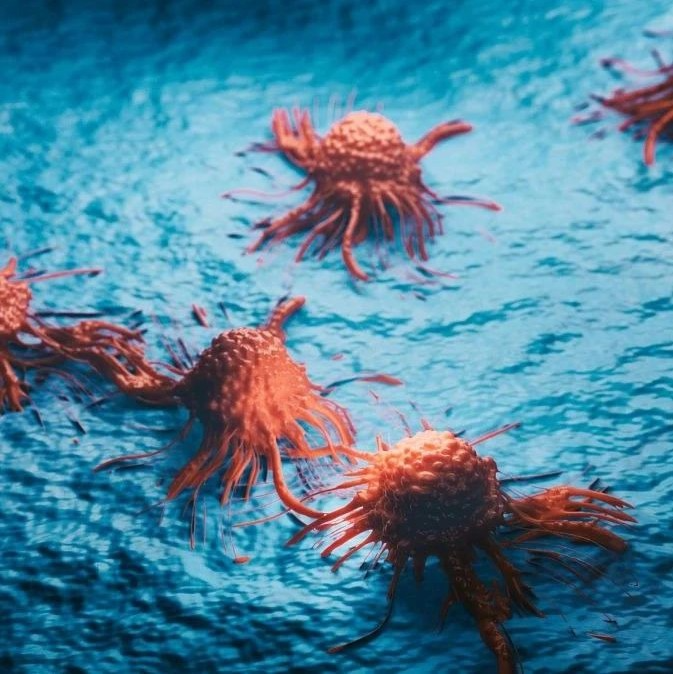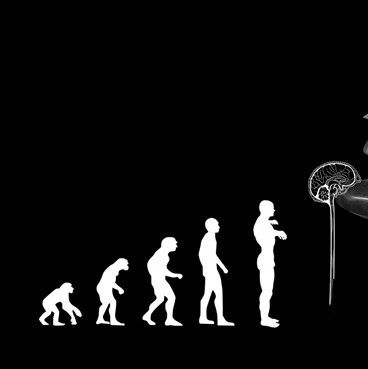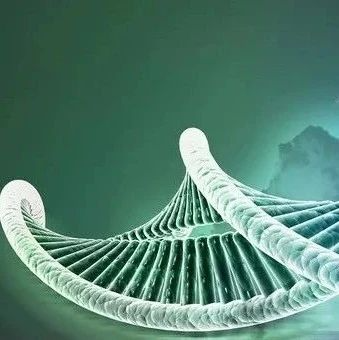一项研究说,把一些病原体的抗原决定部位嫁接到经过改造的蛋白质骨架上可能有助于改善针对病原体的保护性抗体的产量。一些病原体的表面可能改变形状,让免疫系统很难识别病原体并制造出能杀死它们的抗体。通过使用原子层次的设计,Peter D. Kwong及其同事开发出了一种技术,提取出了病原体表面被抗体识别的部分,并把这个表面片断――称为抗原决定部位――放进了一种经过改造的蛋白质骨架。这种骨架帮助抗原决定部位维持中和抗体识别的形状。
这组作者把他们的技术应用到2F5抗体识别的HIV-1病毒表面的一种能改变形状的抗原决定部位。2F5抗体已经被证明可以中和这种病毒。当这组作者给豚鼠接种了2F5抗原决定部位骨架之后,这种骨架不仅引发了与HIV-1的2F5抗原决定部位紧密结合的抗体,而且还诱导产生了灵活版本的这种抗原决定部位,具有类似于被2F5抗体识别的抗原决定部位的形状。这组作者说,这些发现描绘了一种使用原子层次的设计精确操纵疫苗免疫原从而改善疫苗设计的策略。
生物谷推荐英文摘要:
PNAS doi: 10.1073/pnas.1004728107
Elicitation of structure-specific antibodies by epitope scaffolds
Gilad Ofeka,1, F. Javier Guenagaa,1,3, William R. Schiefb,1, Jeff Skinnerc, David Bakerb, Richard Wyatta,3, and Peter D. Kwonga,2
aVaccine Research Center, National Institute of Allergy and Infectious Diseases, National Institutes of Health, Bethesda, MD 20892;
bDepartment of Biochemistry, University of Washington, Seattle, WA 98195; and
cBioinformatics and Computational Biosciences Branch, Office of Cyber Infrastructure and Computational Biology, National Institute of Allergy and Infectious Diseases, National Institutes of Health, Bethesda, MD 20892
Elicitation of antibodies against targets that are immunorecessive, cryptic, or transient in their native context has been a challenge for vaccine design. Here we demonstrate the elicitation of structure-specific antibodies against the HIV-1 gp41 epitope of the broadly neutralizing antibody 2F5. This conformationally flexible region of gp41 assumes mostly helical conformations but adopts a kinked, extended structure when bound by antibody 2F5. Computational techniques were employed to transplant the 2F5 epitope into select acceptor scaffolds. The resultant “2F5-epitope scaffolds” possessed nanomolar affinity for antibody 2F5 and a range of epitope flexibilities and antigenic specificities. Crystallographic characterization of the epitope scaffold with highest affinity and antigenic discrimination confirmed good to near perfect attainment of the target conformation for the gp41 molecular graft in free and 2F5-bound states, respectively. Animals immunized with 2F5-epitope scaffolds showed levels of graft-specific immune responses that correlated with graft flexibility (p & 0.04), while antibody responses against the graft―as dissected residue-by-residue with alanine substitutions―resembled more closely those of 2F5 than sera elicited with flexible or cyclized peptides, a resemblance heightened by heterologous prime-boost. Lastly, crystal structures of a gp41 peptide in complex with monoclonal antibodies elicited by the 2F5-epitope scaffolds revealed that the elicited antibodies induce gp41 to assume its 2F5-recognized shape. Epitope scaffolds thus provide a means to elicit antibodies that recognize a predetermined target shape and sequence, even if that shape is transient in nature, and a means by which to dissect factors influencing such elicitation.
PNAS doi: 10.1073/pnas.1004728107
Elicitation of structure-specific antibodies by epitope scaffolds
Gilad Ofeka,1, F. Javier Guenagaa,1,3, William R. Schiefb,1, Jeff Skinnerc, David Bakerb, Richard Wyatta,3, and Peter D. Kwonga,2
aVaccine Research Center, National Institute of Allergy and Infectious Diseases, National Institutes of Health, Bethesda, MD 20892;
bDepartment of Biochemistry, University of Washington, Seattle, WA 98195; and
cBioinformatics and Computational Biosciences Branch, Office of Cyber Infrastructure and Computational Biology, National Institute of Allergy and Infectious Diseases, National Institutes of Health, Bethesda, MD 20892
Elicitation of antibodies against targets that are immunorecessive, cryptic, or transient in their native context has been a challenge for vaccine design. Here we demonstrate the elicitation of structure-specific antibodies against the HIV-1 gp41 epitope of the broadly neutralizing antibody 2F5. This conformationally flexible region of gp41 assumes mostly helical conformations but adopts a kinked, extended structure when bound by antibody 2F5. Computational techniques were employed to transplant the 2F5 epitope into select acceptor scaffolds. The resultant “2F5-epitope scaffolds” possessed nanomolar affinity for antibody 2F5 and a range of epitope flexibilities and antigenic specificities. Crystallographic characterization of the epitope scaffold with highest affinity and antigenic discrimination confirmed good to near perfect attainment of the target conformation for the gp41 molecular graft in free and 2F5-bound states, respectively. Animals immunized with 2F5-epitope scaffolds showed levels of graft-specific immune responses that correlated with graft flexibility (p & 0.04), while antibody responses against the graft―as dissected residue-by-residue with alanine substitutions―resembled more closely those of 2F5 than sera elicited with flexible or cyclized peptides, a resemblance heightened by heterologous prime-boost. Lastly, crystal structures of a gp41 peptide in complex with monoclonal antibodies elicited by the 2F5-epitope scaffolds revealed that the elicited antibodies induce gp41 to assume its 2F5-recognized shape. Epitope scaffolds thus provide a means to elicit antibodies that recognize a predetermined target shape and sequence, even if that shape is transient in nature, and a means by which to dissect factors influencing such elicitation.







